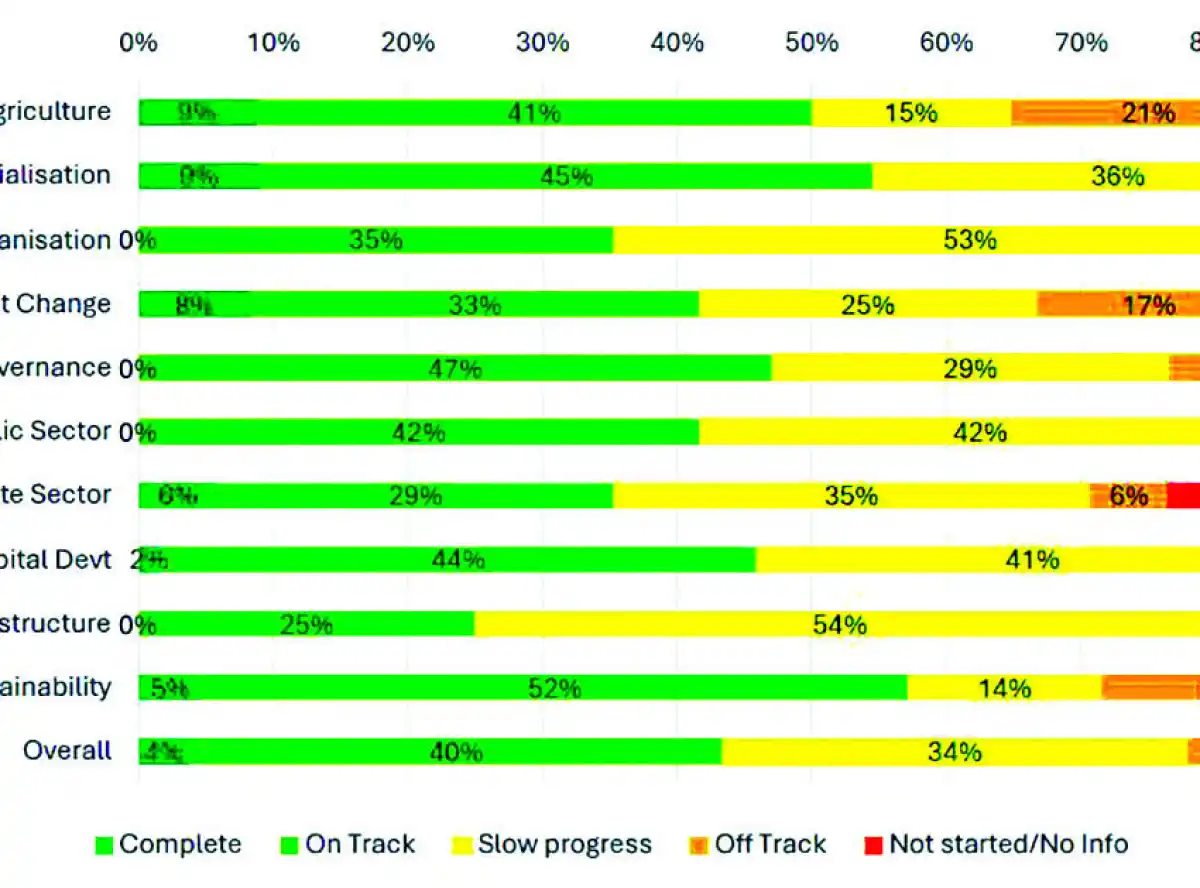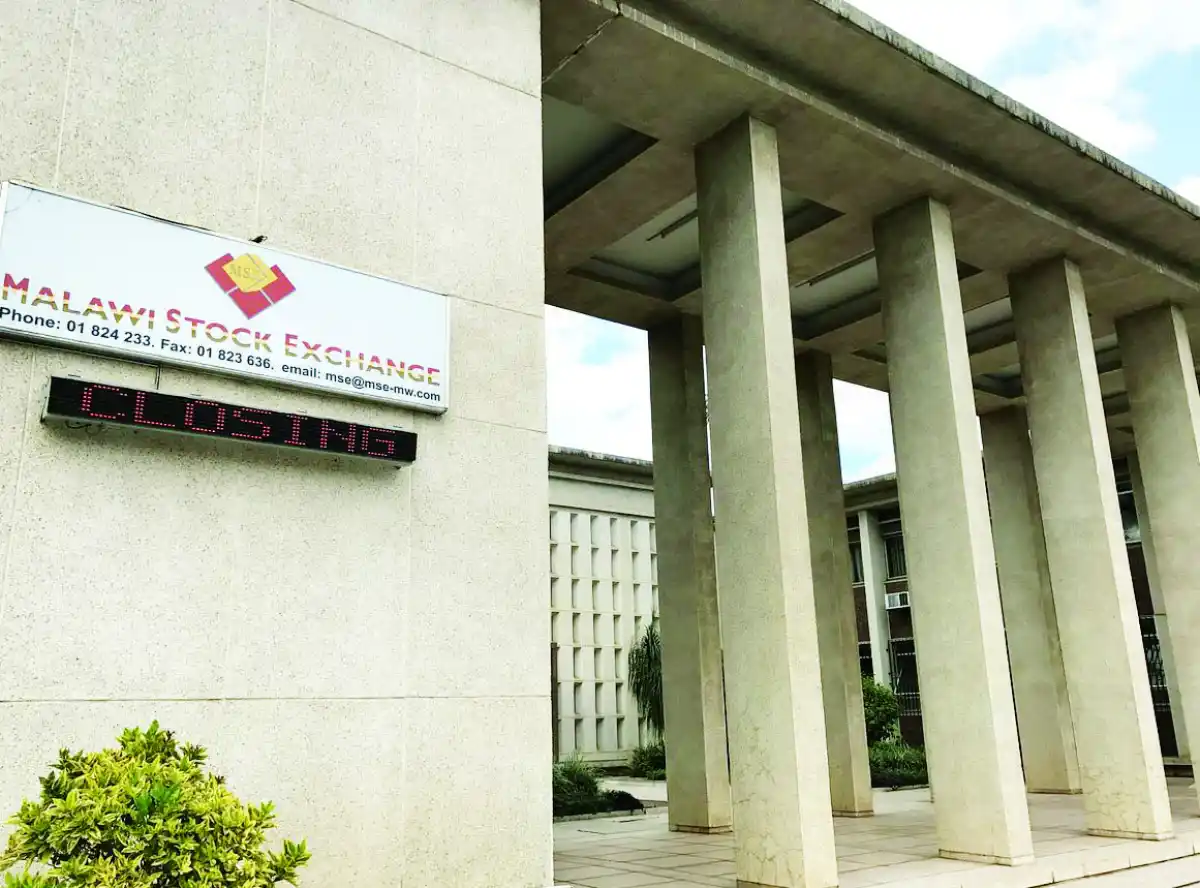
About 40 percent of interventions under the first Malawi 2063 Implementation Plan (MIP-1) are on track, the National Planning Commission (NPC) reports.
In a 2023-24 progress report launched last week in Lilongwe, NPC—a public entity whose mandate is to oversee implementation of long-term national development plans—indicates that 4 percent of the set catalytic interventions were completed.
If they were to all be implemented, the interventions would have seen the country attain the middle-income economy mark at least by 2030 and meet most Sustainable Development Goals.
The report notes that about 87 percent of the MIP-1 outlined interventions commenced implementation, an increase from 79 percent registered in 2022.
In the four-year period since the launch of the blueprint, the country managed to complete nine percent of interventions on each of pillars one and two, which are agriculture and industrialisation.
Pillar three on urbanisation recorded zero completed interventions during the period.
“Overall, the performance of agriculture was subdued due to climatic shocks, with the share of agriculture to gross domestic product (GDP) marginally declining from the 22.4 percent registered in 2022 to 22.3 percent in 2023.
“Progress under the Industrialisation Pillar reflected a mixed outcome indicating a gradual reduction in the share of manufacturing to GDP since 2020, dropping by 1.9 percentage points,” the report reads.
Year on year, the share of manufacturing marginally reduced from 10.7 percent in 2022 to 9.6 percent in 2023. The value of manufacturing exports has also marginally dropped to $96 million in 2023 from $135 million in 2022.
According to the report, tourism (including travel) continued to make steady progress with the share of tourism and travel to GDP increasing from 7 percent in 2022 to 8 percent in 2023.
“The overall progress in the implementation of the interventions under this pillar is, however, concerning, with 53 percent of the interventions showing slow progress,” the report reads.

In an interview, Economics Association of Malawi (Ecama) President Bertha Chikadza said the progress remains slow and uneven.
She said the NPC must, however, be commended for taking a monitoring and evaluation approach to the MW2063, providing what is working and what is not, to take a coordinated approach to dealing with challenges.
“The Malawi economy is import dependent but also extremely vulnerable to exogenous shocks. To move at the desired speed, we require a significant transformation in terms of production and trade. These are key to macroeconomic stability.
“There is a need for a coordinated approach to development. Private and public sectors must constantly engage to ensure our economic priorities are in line with the country’s long-term development agenda,” Chikadza said.
In a separate interview, Treasury spokesperson Williams Banda said more desirable achievements will be seen and recorded in subsequent reports as implementation is ongoing.
“There is a lot that is going on at the moment. The government is assured that we will achieve Malawi 2063 goals considering numerous interventions being undertaken under the Agriculture, Tourism and Mining (ATM) strategy.
Speaking at the launch of the report, NPC Director General Thomas Munthali reiterated a call for concerted effort towards implementation of the aspirations embedded in the Malawi 2063 document.
The Malawi 2063 aims to transform Malawi into a wealthy and self-reliant industrialised ‘upper middle-income country’ by the year 2063.








0 Comments